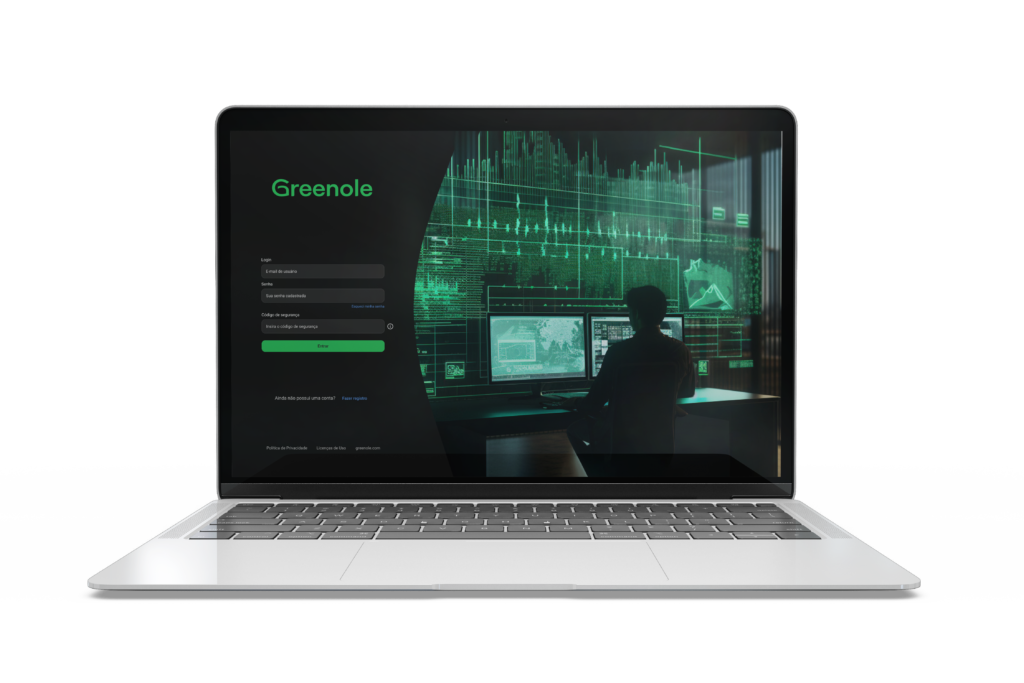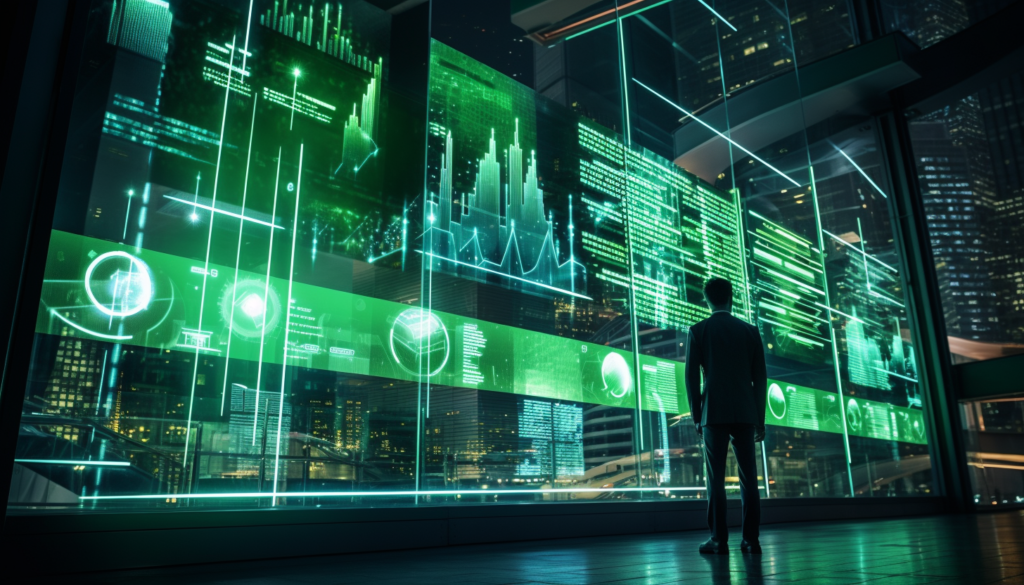Modern architecture and urban development are evolving with two key concepts: smart buildings and dynamic spaces. These innovations change how we interact with our surroundings. They both use technology to boost user experience and efficiency, but understanding their distinct roles is vital. This knowledge differentiates them and shows how they can work together, creating adaptive, sustainable, user-focused environments.
Smart Building Insights
Smart buildings lead in merging technology with building infrastructure for better functionality, efficiency, and sustainability. These structures use sensors, IoT devices, and control systems. They manage aspects like energy, lighting, and climate control. The goal is to make environments more efficient and comfortable, while cutting energy use and costs. Real-time data analysis in these buildings enables proactive maintenance and energy efficiency, enhancing performance and reducing environmental impact.
Dynamic Spaces Explained
Dynamic spaces, in contrast, prioritize space adaptability and flexibility. These areas respond to changing user needs, altering layout, functionality, or ambiance as needed. They go beyond physical changes, using technology to adapt to various events or user preferences. You’ll find them in multifunctional areas like co-working spaces or event venues, where quick space adjustments enhance user experience and efficiency.
Greenole’s Software: Uniting Smart and Dynamic Environments
Merging smart buildings with dynamic spaces marks a major shift in urban design, focusing on smarter, adaptable environments. Greenole’s software, enabling remote monitoring and control, is key in maximizing these spaces’ potential. It boosts smart building efficiency and dynamic space flexibility, meeting changing needs. Using Greenole’s technology is a strategic move towards more connected, intelligent, and responsive urban areas.





